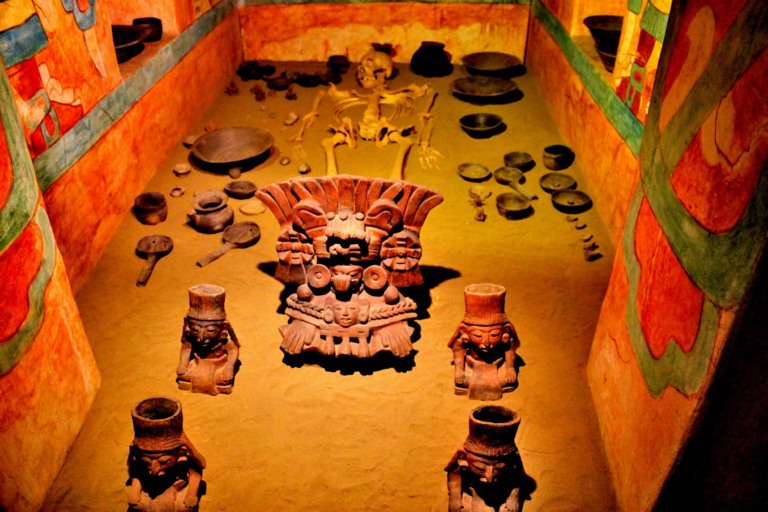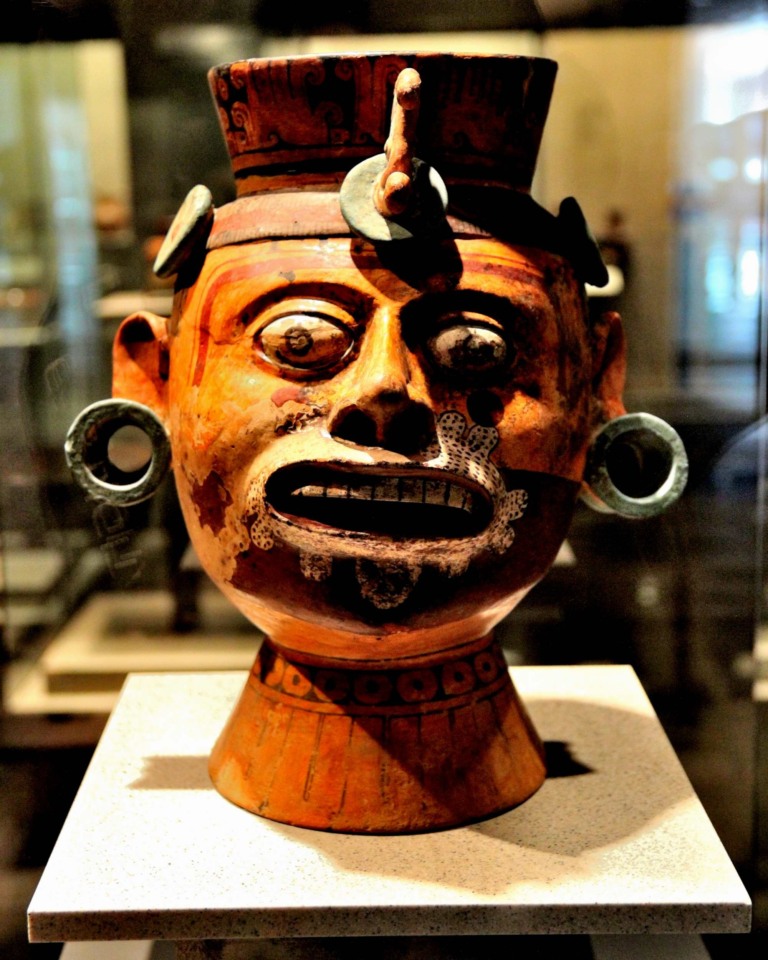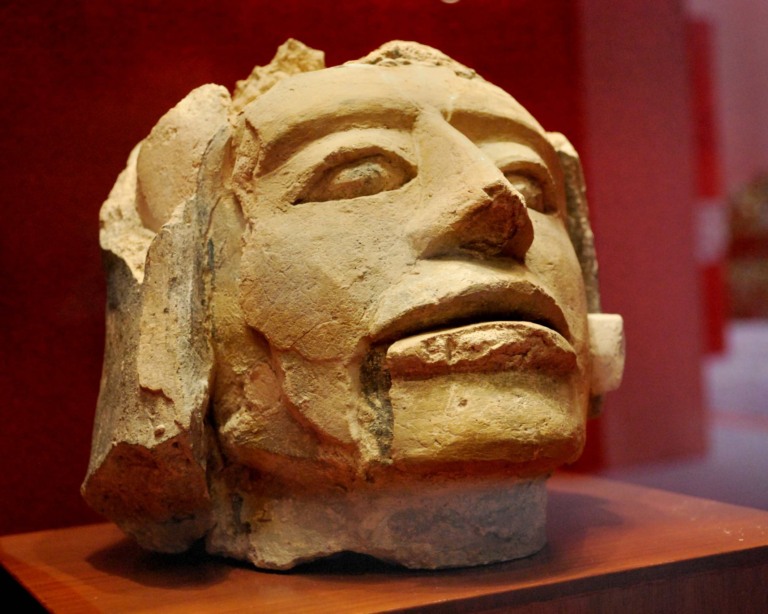Monarch Butterfly Biosphere Reserve lies within rugged forested mountains about 100 km northwest of Mexico City, a UNESCO World Heritage Site from 2008 onward for monarch butterfly migration.
Monarch Butterfly Biosphere Reserve
Monarch butterfly sanctuaries comprise the majority of the eastern monarch butterfly’s overwintering locations and are found in the Trans-Mexican Volcanic Belt pine-oak woodland eco-region on the boundary of Michoacan and the State of Mexico, 100 kilometers (62 miles) northwest of Mexico City.
Every year, millions of butterflies visit the reserve. From October through March, just a small portion of the reserve’s 56,000 hectares is home to butterflies.
The goal of the biosphere is to save the habitat and species of butterflies. Here you may find the majority of eastern North American monarchs that overwinter.
Monarch Butterfly Reserve
These regions were first found by researchers in 1975. These remaining privately owned regions were classified as federal reserves by presidential decrees in the 1980s and 2000. The reserve continues to be mostly rural.
The negative impacts of illicit logging and tourism are still a worry for reserve authorities. The interests of local farmers, community-based landowners, private landowners, and indigenous people can occasionally clash with conservation initiatives. The Michoacan reserve has the state’s highest peaks, with peaks that soar to 2,700 meters above sea level.
The weather is described as being moderate, slightly humid, and wet in the summer, i.e., 22 °C (71 °F) is the average highest temperature. There are three different sub-climates in this region: (1) cool and semi-arid; (2) semi-cold and semi-arid; and (3) cold and semi-arid.
Mexico Monarch Butterflies
Basalt outcroppings that generate fissures, fractures, and cliffs in a northeastern-southwest direction are what give the reserve its distinctive look. Older geological features like volcanic cones and lava beds have been replaced by rock formations.
There is minimal surface water since the earth is quite porous. There are a few arroyos and little ponds. When it gets below freezing or there are winter showers, the pine and drought-resistant Oyamel fir woods offer microclimates that offer protection.
By the end of the twenty-first century, scientists feared that the habitat for oyamels in the reserve would have shrunk or vanished, mostly because of climate change.
The majority of this region is covered with forests. The forest’s species composition changes with altitude: (1) holm oak up to 2900 meters above sea level; (2) holm oak and pine between 1500 and 3000 meters above sea level; and (3) Oyamel fir between 2400 and 3600 meters above sea level.
There are a few spots where junipers, cedars, and meadows may be found below 2400 metres above sea level. Agriculture and habitation have altered certain areas.
These rough, wooded mountains are the habitats for 14 overwintering monarch butterfly colonies, which make up more than half of the species’ colonies in the eastern United States and Canada.
Monarch Butterflies Mexico Migration
A billion monarchs may potentially spend the winter here each year, according to estimates. With six to sixty million butterflies per acre, these colonies are thick.
The reserve regions are located in the localities of Donato Guerra, Villa de Allende, and Temascalcingo in the State of Mexico, as well as Ocampo, Angangueo, Zitcuaro, and Contepec in Michoacán.
They are separated into five main areas, or nuclei. The protected region contains eight of the fourteen colonies. The protected biosphere area spans 56,259 hectares, compared to the colonies’ actual area of barely 4.7 hectares.
Monarch Butterfly Sanctuaries
Visitors can visit five colonies: (1) Sierra Chincua and (2) El Rosario in Michoacan; (3) La Mesa, (4) Piedra Herrada, and (5) El Capulin in the State of Mexico. There are further colonies close to San Jose, Villa de Allende, and Ixtapan del Oro.
However, due to the potential damage to these butterfly colonies, they are not aggressively marketed to tourists. Around 1,500 trees are covered with butterflies at El Rosario, the largest sanctuary in Michoacan.
Infrastructure issues persist in the biosphere, particularly with regard to the garbage that surrounds parking lots and commercial locations.
The sanctuary at El Rosario has seen the most recent upgrades out of all the changes. In order to prevent erosion, these include well-marked routes that are patrolled by security personnel as well as steeply inclined stone or concrete steps. Horse pathways were also removed because of erosion.
Significant installations are only present in two places. There is a monarch butterfly research center and a nursery for reforestation initiatives in the Sierra Chincua. There are tourist amenities at Cerro El Companario.
Monarch butterfly Migratory Patterns and Sanctuaries Conversations
Many millions of butterflies fly from Texas to southern Mexico, where they follow the Sierra Madre Oriental mountains to the refuge. The oyamel and pine trees are where the butterflies assemble in groups.
The trees are often seen as being orange, and the weight of the trees causes the branches to droop. These butterflies move across America in the spring, occasionally arriving in Eastern Canada.
Monarch butterflies go through four generations throughout the course of this migration, giving birth and passing away.
Climate change affects the migratory patterns of monarch butterflies. Monarchs migrate south, and when they reach cooler temperatures, they fly north. It is believed that dense gatherings retain heat.
The butterflies fly when the sun warms them. Their wings’ beating has been described as the sound of a gentle shower. The reserve is vulnerable to dangerously low temperatures.
The habitat is the main target of conservation efforts, which were first meant to protect the butterflies. Numerous habitats in North America are necessary for the survival of the monarch butterfly population.
There is not enough information available on the butterflies, and neither the whole scope of their wintering grounds nor the local ecosystem are well understood.
Therefore, it is unclear how much of a reserve is really needed to sustainably protect the monarch butterfly population. There has been advancement since the beginning of conservation initiatives.
Improvements have been achieved in areas like garbage management and access control to protected areas, despite the fact that infrastructure still has to be improved.
The World Wildlife Fund has worked to improve the design of the reserve by coordinating the efforts of worldwide biologists and ecologists.
To guarantee the trees remain healthy and to manage shady logging and forest fires, a permanent monitoring system has been put in place.
The largest sanctuary on the Mexican State side is situated halfway between Ixtapan del Oro and San Jose Villa de Allende. For the sake of minimizing environmental harm, tourism is not aggressively pushed.
There are plans to use extremely light self-stick tracers to tag as many of the wintering butterflies as possible over the winters of 2008–2009 so as not to obstruct their flight.
The aim of this is to map out the precise route taken by the butterflies during their springtime journey back to the United States and Canada.
With twelve verified colonies as of the 2007–2008 winter, butterfly numbers arriving from the United States and Canada in recent years have been comparatively steady.
The number of colonies varies; between 2004 and 2005, there were just seven. The colonies usually vary from eight to twelve in number.
How many Monarch Sanctuaries are in Mexico
The butterflies migrate north at that time in search of milkweed, the only plant on which they can lay their eggs, leaving the Mexican mountains behind.
These eggs develop into caterpillars, which turn into butterflies after emerging from their chrysalises and migrating all the way to Canada in the north throughout the summer.
Each monarch has a roughly one-month lifespan until the fall, when a “super generation” suspends reproduction and migrates south to spend the winter in Mexico—despite never having visited the location where its ancestors began their journey. The remaining butterflies leave Mexico at this time the next year to breed and begin the cycle over.
Monarch Butterflies Mexico Tours
Butterflies begin to arrive in Mexico’s overwintering areas in the first few days of November. By December, every butterfly has settled down and has shrunk into a smaller region, making for breathtaking panoramas.
Through mid-March, butterflies roost in these fir forests at high altitudes. However, as they get ready to leave, flying activity picks up about mid-February.
Monarch Butterfly Biosphere Reserve Tours
The State of Mexico and Michoacan are the two states where Mexico’s monarch sanctuaries are located. El Rosario and Sierra Chincua are on the eastern border of Michoacan state, while the Cerro Pelon and Piedra Herrada sanctuaries are in the State of Mexico.
The closest large city is Zitacuaro, Michoacan, and the airport to the sanctuaries is in Mexico City. Every hour throughout the day, first-class buses depart from Mexico City’s Observatorio bus station.
It takes two hours to go to the Zitacuaro bus terminal, where cabs are available. Even while knowing a little bit of Spanish helps, many people travel without having much proficiency.
The least frequented and least touristed of the sanctuaries is Cerro Pelon, where the monarch migration was first confirmed.
It has the most virgin forest and the longest and steepest walk up to the colony. El Rosario, a sanctuary with a paved walkway, interpretive signage, and a lot of visitors on weekends, has become the largest colony in recent years.
With a brief and neatly paved route, Sierra Chincua is also one of the more easily reachable sanctuaries. The Piedra Herrada colony’s position has changed significantly over the last several seasons.
So some years the ascent can be challenging, while others are rather straightforward. Due to Piedra Herrada’s closeness to Valle de Bravo and Mexico City, weekends here may often be packed.
Share to stand out from the crowd with this Blog.









